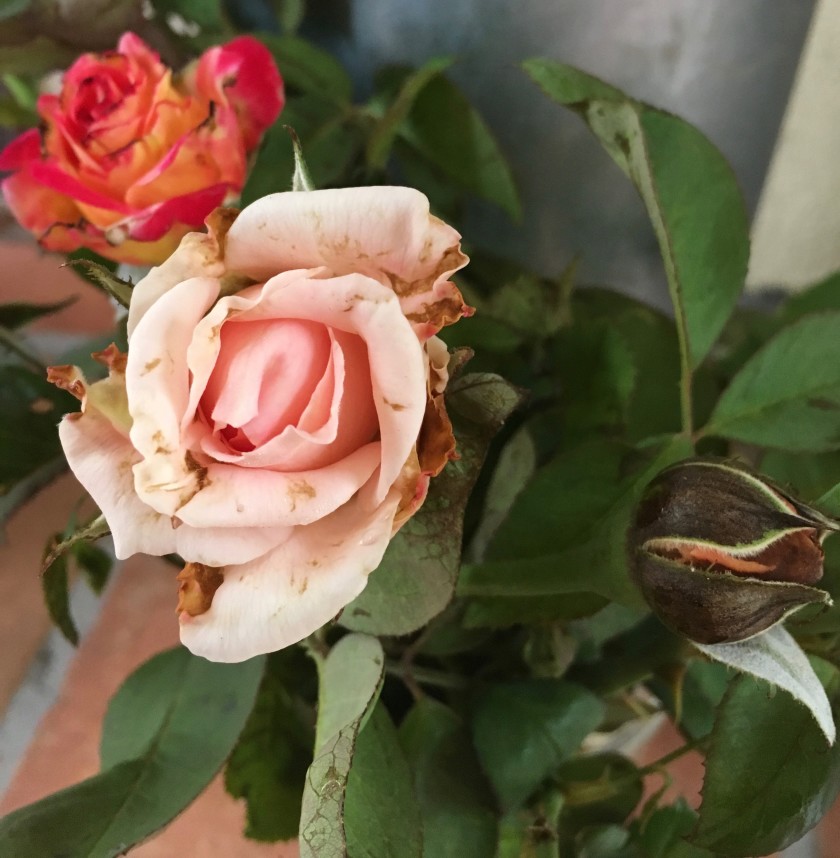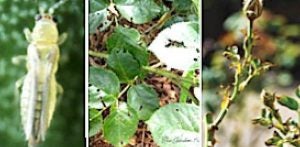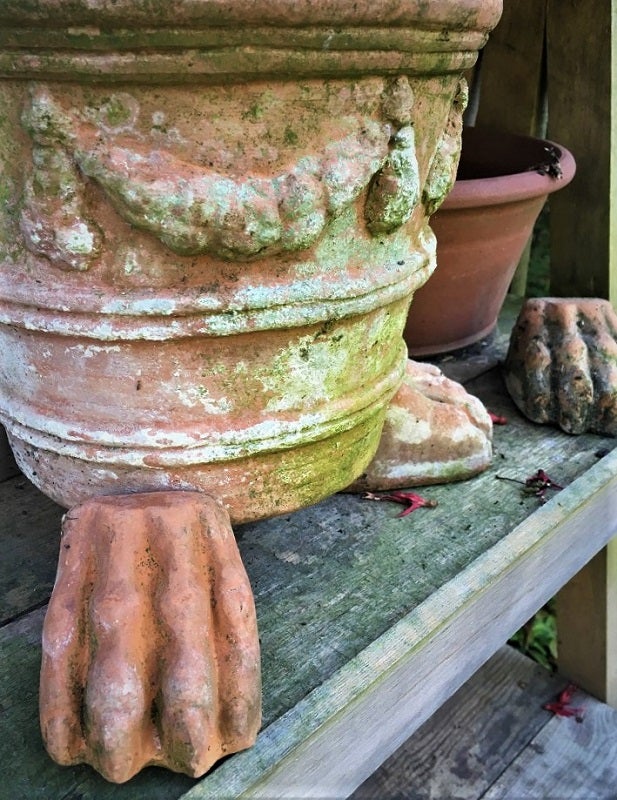Transporting plants across state lines – is it safe?
Published 8:39 am Saturday, September 14, 2019

- Courtesy photo The human eye cannot see microscopic chilli thrips, but their damage sure can be
Adapted from Nature’s Way Resources “Lazy Gardener & Friends” Houston Garden Newsletter By Brenda Beust Smith
“People need to be cautious because anything
built by man can be destroyed by Mother Nature”
–Russel Honore
Could anyone around us say – with a clear conscience – he or she has never brought into this state a plant or even a cutting from another state or country, legally?
Did we check the state requirements for bringing in plants? Probably not!!
Chances are, we might have violated Texas law. And with those supposedly innocent travel guests may just have come to some now very-hated insects.
Just ask . . .
Citrus growers in South Texas and beyond now coping with citrus greening . . .
Hibiscus growers statewide fighting white flies and . . .
A Houston rose grower, whose previously-thriving, beautiful Knockout roses – like many in her Champions Area – are looking pretty pitiful, probably due to chilli thrips.
Citrus greening, white flies and chilli thrips are just a few of the documented insects/pathogens transported on plants illegally brought into Texas. Had the carrier plants been inspected as required, we home gardeners and growers might not be fighting these frustrating challenges today.
In this column, I choose not to deal with plant treatments other than cultural techniques. That’s because I don’t ever treat for anything. If something I plant dies, I figure it’s a sign from above that it doesn’t belong in my garden. I plant something else instead.
But we all need to realize that the cutting “Cousin Mary” gives you, or plant you dug up while visiting a friend in Florida, might harbor insects that may (or may not!) have been kept under control by climatic and other environmental conditions very different from those here in Texas.
Turned loose here, these definitely unwanted guests, such as Scirtothrips dorsalis, better known as chilli thrips, might become far more deadly. It’s not a LITTLE thing.
The past president of the Houston Rose Society, responded to a query I received from the above rose grower.
The lady’s 7-10 year-old Knockout roses (which have done so well until last year) suddenly began declining and producing buds that don’t fully open . . . a condition that she’s hearing about from all over her Champions area of Houston.
Any number of things can trigger declines like Mary Ann is seeing, including excessive heat. But after seeing her pictures, the past president immediately diagnosed the most likely cause these days” chilli thrips damage.
August is our peak chilli thrips season. The past president says it’s now believed chilli thrips “… came into the U.S. in 2005 and got established first in Florida; then Georgia, then Texas. It is believed that they first came in on pepper plants from South America to be sold in box stores.
When the plant damage was first seen in the Houston area, most thought is it was herbicide damage. When she wrote her first article on chilli thrips, she had gotten a call to check out plants in the Central Houston area.
It was, she recalls, “… a huge commercial property where spraying is prohibited. The chilli thrips population exploded and it took years to get it under control.”
The greater Houston area now has one of the largest identified infestations of chilli thrips in the nation. And the damage is appearing almost area-wide.
As I said earlier, I don’t deal with treatments in the column. But Know that this is one extremely challenging problem and no solution seems to work 100% of the time in 100% of the cases.
My primary goal in the particular column is to make everyone aware that those casual cuttings and plants you bring in from out of state may not be as innocent and harmless as you think they are.
They may harbor almost invisible threats to everyone’s plants.
Check out this link: http://nationalplantboard.org/wp-content/uploads/sites/42/docs/summaries/texas.pdf
This is a .pdf and is about 21 pages long and goes into great detail as to what plants can go across state line. Most vegetable plants including tomatoes, peppers, onions, cabbage, cauliflower, broccoli, collards are included. Citrus plants are a BIG NO!!! Along with palm trees, included also are a list of evasive weeds, grasses and other plants including seeds.
NOTE: Since chilli thrips cannot be identified by the naked eye, damage is the best indicator. For more information on chilli thrips and roses, log onto the Houston Rose Society website: http://houstonrose.org
The Arbor Gate also has a particularly good foliage damage identification guide online:
https://arborgate.com?s=chilli+thrips
Submitted by Sheri Bethard, Orange County Master Gardeners






